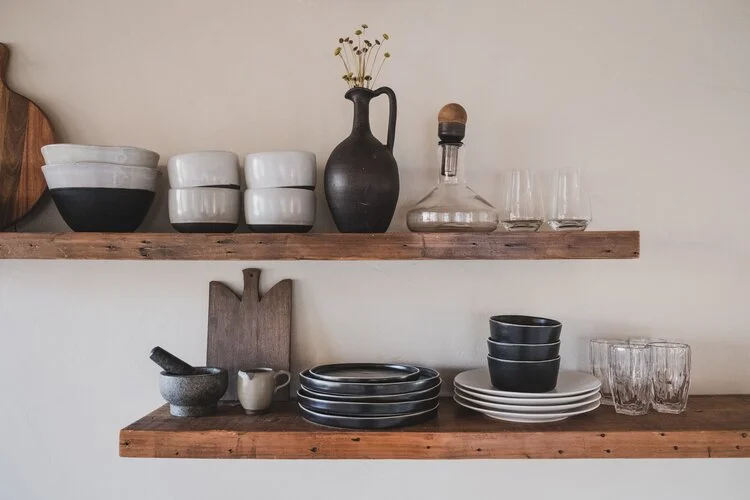Where To Start When Starting Your Design Project
Where To Start When Starting Your Design Project
Embarking on your design project can oftentimes be overwhelming. With the wealth of information out there from the Internet, Instagram, Facebook, Pinterest and Houzz, not to mention all of your friends and family who want to chime-in on the ins and outs of their own experiences, its no wonder that getting started on your design project seems like a giant of a whale. That’s why we are making it easy for you with our list of top recommendations when thinking about your design project. See below for our must-do list:
1. LOOK AT THE END, FIRST
To begin, you want to start at the end. I know that sounds crazy, but honestly, you must know what you want the end result to look and feel like, and most often, that is through an inspiration image or photo. Finding a photo or a few photos of what you want your space to look and feel like in the end will make everything else ten times easier: from finding your materials to knowing what fixtures you want. You can find inspiration from all kinds of home decor sites, retail stores, your friends and family, internet and social media, etc. When identifying your inspiration photo(s), its very important to communicate to your design team, what you like and what you don’t like. You do not have to know the exact “style” of the image you like, or even if it is considered modern, traditional, transitional, etc. But it is extremely important to identify what the end result will look like.
2. KNOW YOUR NUMBERS
You should know your budget and what you are willing to spend to design your space. In this day and age, there are a ton of resources on the internet with construction costs in your local area for you to determine overall costs. Talk to your friends, neighbors and family members who have done similar design projects as yours. Read construction blogs and know your numbers. Do your research. You want to have a general ballpark range from your absolute lowest to the maximum amount you want to spend on your project. Then you want to figure out how you are going to finance it. Are you going to be self-financing or bank-financing? All of these items are important to know when starting your project because your contractor and designer will also be discussing this with you as well. Believe me when I say you want to know your numbers. Project costs vary due to all kinds of reasons (region of the country you live in, cost of materials, labor costs, insurance, etc), so it is very important to know what you can spend and what you are willing to spend.
3. IDENTIFY YOUR DESIGN TEAM
After you’ve found your inspiration photo, and you’ve identified a set budget, you want to begin the process of finding your design team. Your design team is made up of you the client, the architect, engineer, and contractor. You want to interview at least two to three of each so you know who you want to work with. This is absolutely imperative as these professionals will be working on your project from start to finish, and they will be communicating with you and your team throughout the duration of your entire project. You want to identify how they work, how they will communicate to you the client and the rest of your design team before, during and after your project. Talk to your friends and family and see who they’ve used. Read reviews, check out their websites and get references. No two designers, contractors or architects are the same, and each have their own way of working. Find one that fits for you and your needs.
4. IDENTIFY YOUR APPLIANCES AND FIXTURES
If you are remodeling a kitchen or bathroom, you will want to determine before you start your project, what fixtures and appliances you will be purchasing, since your cabinetry will be built around them. Are you looking to increase your refrigerator size to a 48”wide? Are you wanting to go with a double stacked oven or even a built-in coffee maker? What about a vessel sink versus an undermount sink for your bathroom? Your designer will want to know what the dimensions and specifications are of each fixture so that they can plan the design and construction around your selections. All of your cabinetry will get built around these items as well. Ask your designer for help in recommending some local area showrooms to go see and test drive some of these selections. He or she knows where to point you and will most likely want to help you in the selection process as well.
5. READY, SET, GO!
You’ve found your inspiration photo, identified your budget, and you know who you want on your design team, and you’ve even selected your appliances and fixtures. Congratulations! You are now ready to get started on your design project. Our last tip, is for you is to enjoy the process. Because design is a process and it is rarely a straight line to the finish. It is really all about the small baby steps in between that will eventually get you to your end result.
Good luck!
xoxo,
Gina

